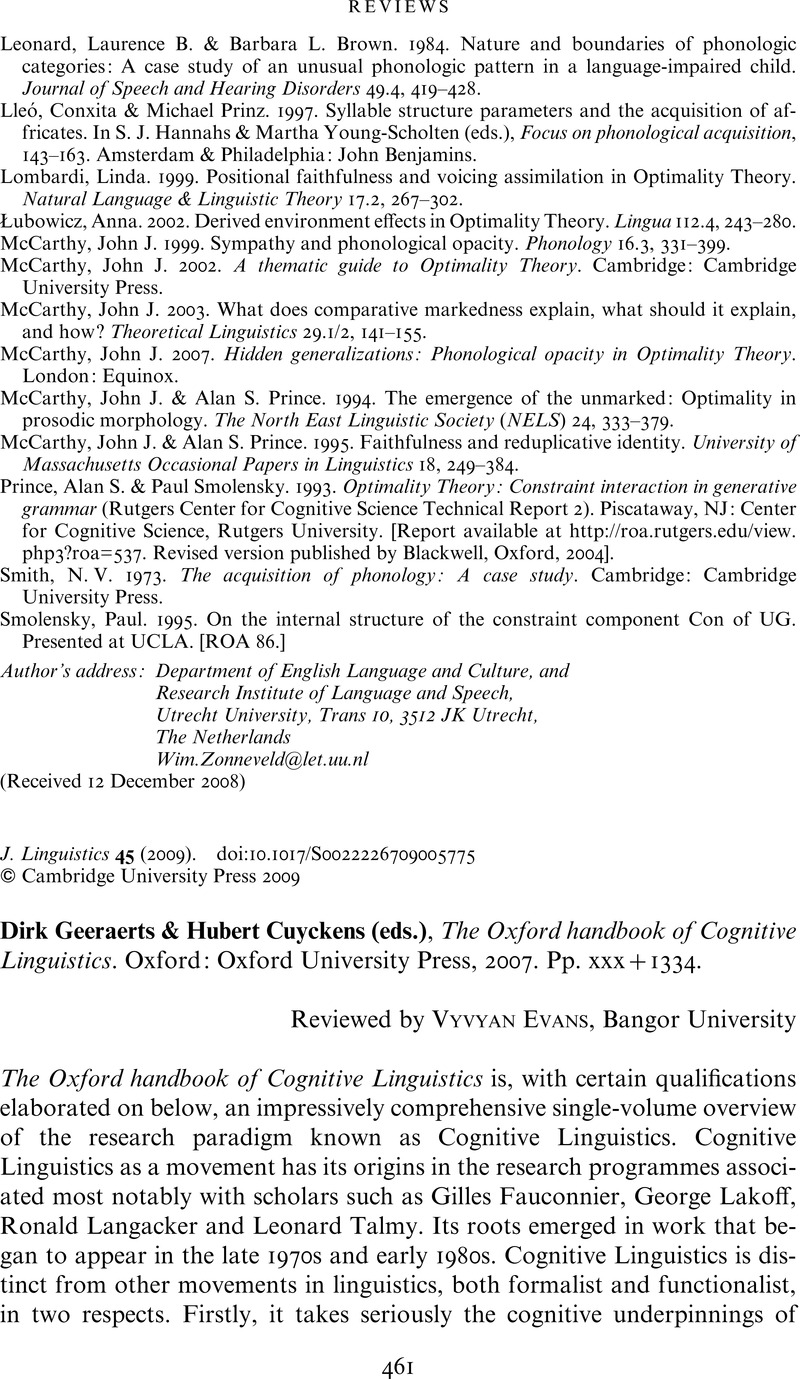Crossref Citations
This article has been cited by the following publications. This list is generated based on data provided by Crossref.
Spirchagov, Svyatoslav Y.
2019.
Metaphors in banking.
Neophilology,
p.
139.
Avdonin, Vladimir S.
2019.
On the Conditions and Means of Knowledge Transfer in Interdisciplinary Research.
Sociological Journal,
Vol. 25,
Issue. 3,
p.
99.
Zlotnyk-Shagina, Olga
2020.
Text in modeling the language consciousness of foreign students.
Actual issues of Ukrainian linguistics theory and practice,
p.
177.
Hamed, Kirembwe Rashid Abdul
and
Ohida, Elhadi Moh. M.
2020.
THE FIVE CONSTRUCTS FOR TRANSLATION QUALITY ANALYSES; A PILOT STANDARDIZATION OF FACTORS INFLUENCING TRANSLATION PRODUCTS.
GLOBAL JOURNAL FOR RESEARCH ANALYSIS,
p.
1.
Delbecque, Nicole
2021.
Expresión reflexiva versus no reflexiva del movimiento en español: una cuestión de perspectiva.
Verba: Anuario Galego de Filoloxía,
Vol. 48,
Issue. ,
López-Astorga, Miguel
2021.
The conjunction commutativity law does not hold in natural language: Difficulties in the search for syntactic support.
Khazar Journal of Humanities and Social Sciences,
Vol. 24,
Issue. 2,
p.
22.
Rebrii, Oleksandr
and
Sysa, Yana
2022.
National stereotypes as a translation problem.
The Journal of V.N. Karazin Kharkiv National University. Series: Foreign Philology. Methods of Foreign Language Teaching,
p.
44.



